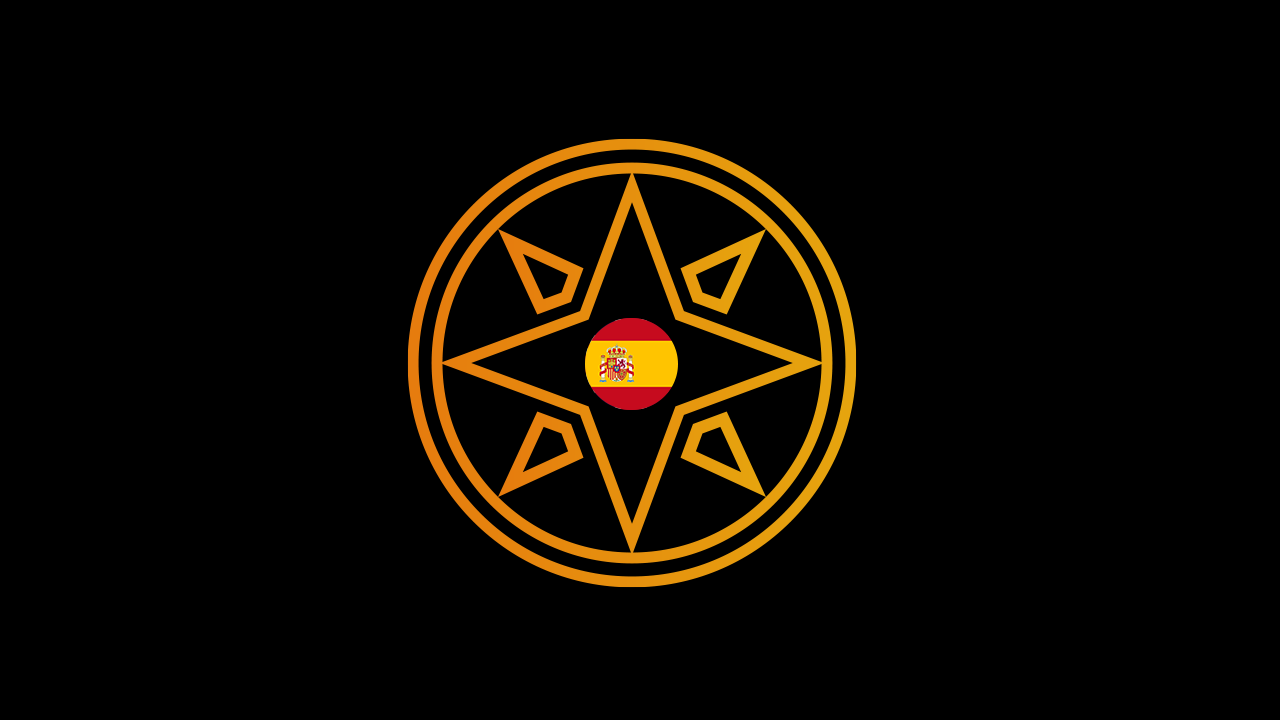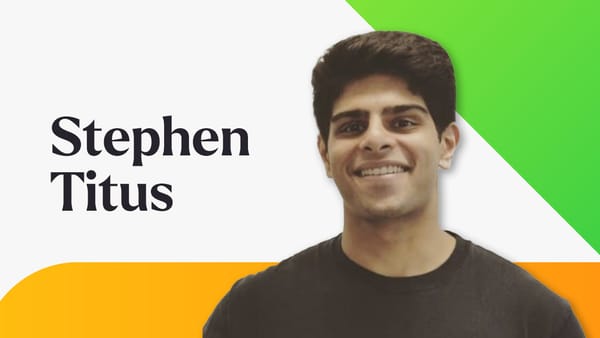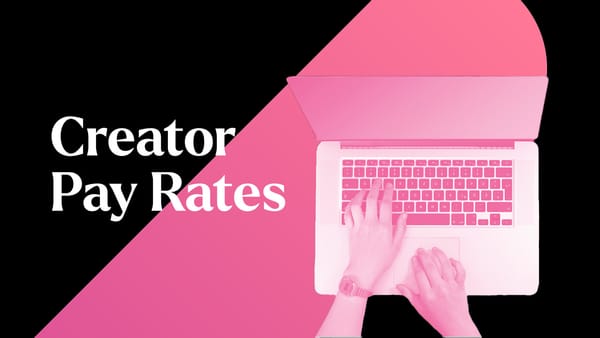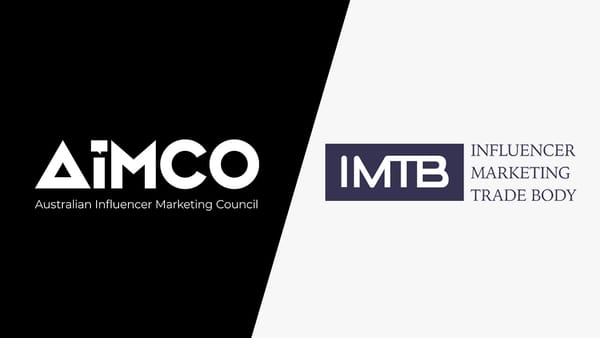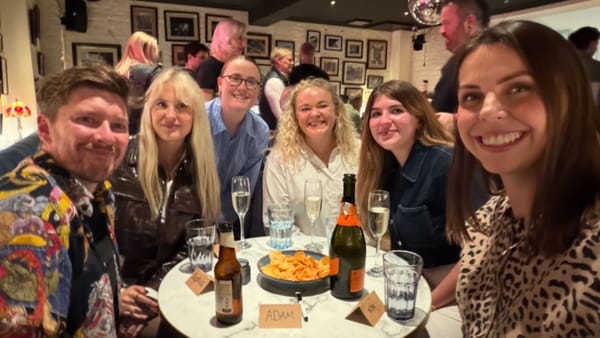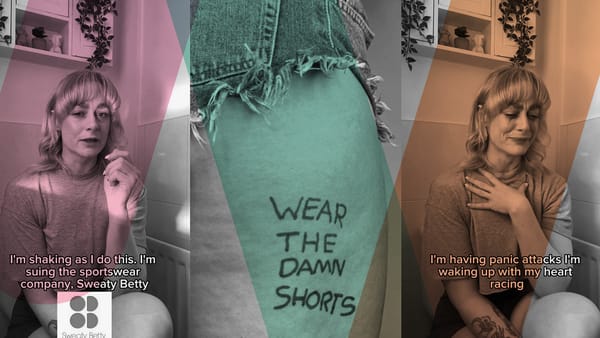Influencer marketing is an ever-changing landscape in Europe. Although many trends spawn from the UK and US, European influencers are shaping their own paths, and marketing can completely vary from country to country across the continent.
This brand new and exciting Creator Compass series will explore the cultural nuances, regulatory differences and interesting quirks that define each around the globe and their different approaches to influencer marketing. To begin, we’ll be examining the nuances of creator and influencer marketing throughout Europe.
We’re starting in my homeland, Spain, where influencer marketing expert Nacho Selma from Influrating offered some very interesting insights into the Spanish market.
Authenticity is vital
Selma explained that the most successful influencer campaigns recently have come from those who can seamlessly integrate promotions into their regular content.
“They promote products through videos where they tell personal stories, whether real or made-up, to grab the audience’s attention. Once they’ve got viewers hooked, they introduce the promotion.”
@elenagortari Me encanta este juego
♬ sonido original - Elena Gortari
It’s time to get creative
Selma highlighted that brands in Spain have been going viral for having super fun campaigns that engage their audiences.
A prime example of this was a few months ago, when Doritos partnered with Lola Lolita, one of the biggest TikTokers in Spain.
“First, a ‘random’ TikTok user uploaded a video from a cinema where a woman scolded Lola Lolita after a movie for making noise while eating Doritos. The video quickly went viral on social media and even made it to the press. A few days later, Doritos launched their new, crunchier Doritos, with Lola Lolita as the face of the campaign — they had built up the hype before the official release.”
Another example was a Lay’s campaign from last year.
“Lay’s ran a campaign where influencers made Spanish omelettes using Lay’s chips instead of regular potatoes. These kinds of campaigns are becoming more common in Spain — influencers are increasingly being used not just to promote, but to generate hype and boost reach,” Selma pointed out.
What type of content performs best in Spain?
Reels and TikToks are what drive virality. However, Stories are key generators of sales.
“With Stories, you can include direct links to products, making it easier for users to buy.”
UGC creators are rapidly increasing in Spain
Selma said that UGC creators are on the rise, thanks to a growing number of people becoming creators and a growing number of brands willing to pay them.
“It’s proving to be a very effective strategy in Spain for selling products through ads.”
Influencer marketing in Spain is on the rise
It seems that the most successful influencer marketing strategies in Spain revolve around authentic storytelling and creative campaigns that relate to local customs (i.e traditional food, etc) that skyrocket audience engagement.
Influencers like Elena Gortari and Marina Barrial are leading the way by seamlessly blending promotions with personal content.
Additionally, brands are increasingly launching viral campaigns and harnessing the power of users on social media, both as sellers and consumers.
Influencer marketing is definitely on an upward trajectory here in Spain.


